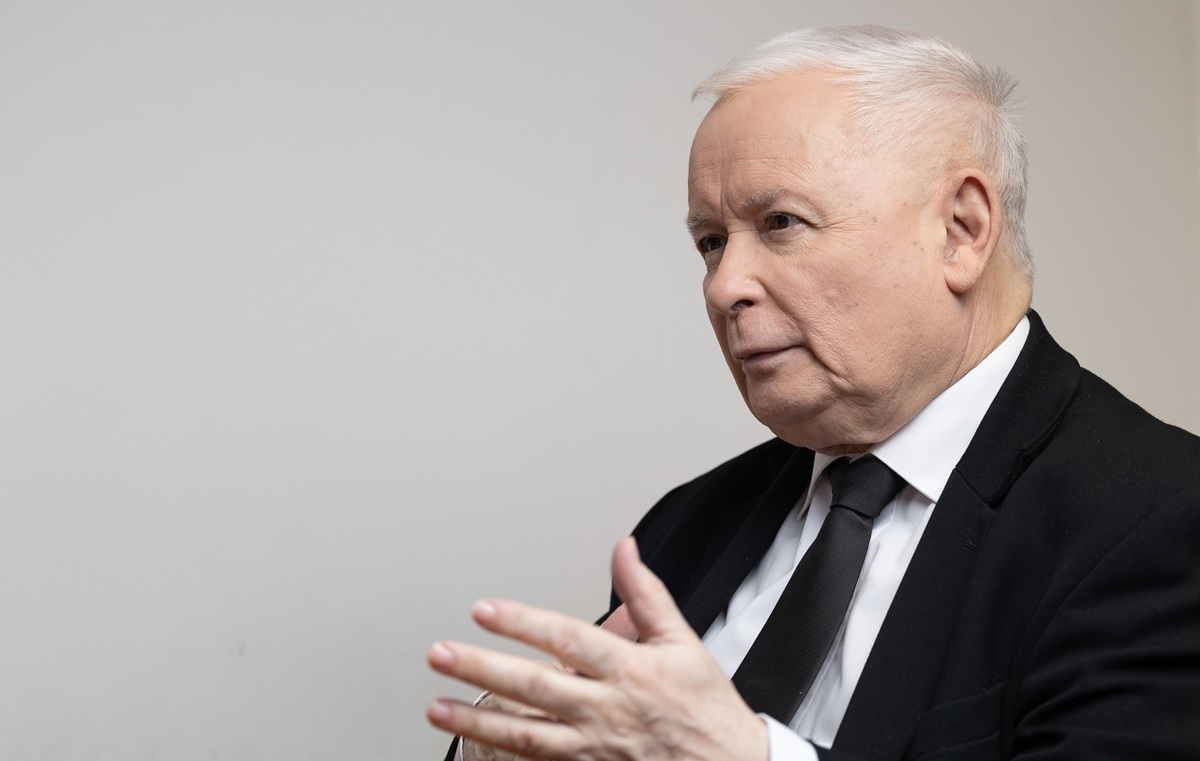
The aviation industry has evolved significantly since its inception, yet some airlines have stood the test of time, operating for decades.
These airlines, many of which started by delivering mail before expanding to passenger services, are remarkable symbols of endurance and innovation.
This article explores the oldest airlines in the world that are still in operation, celebrating their contributions to aviation history and global connectivity.
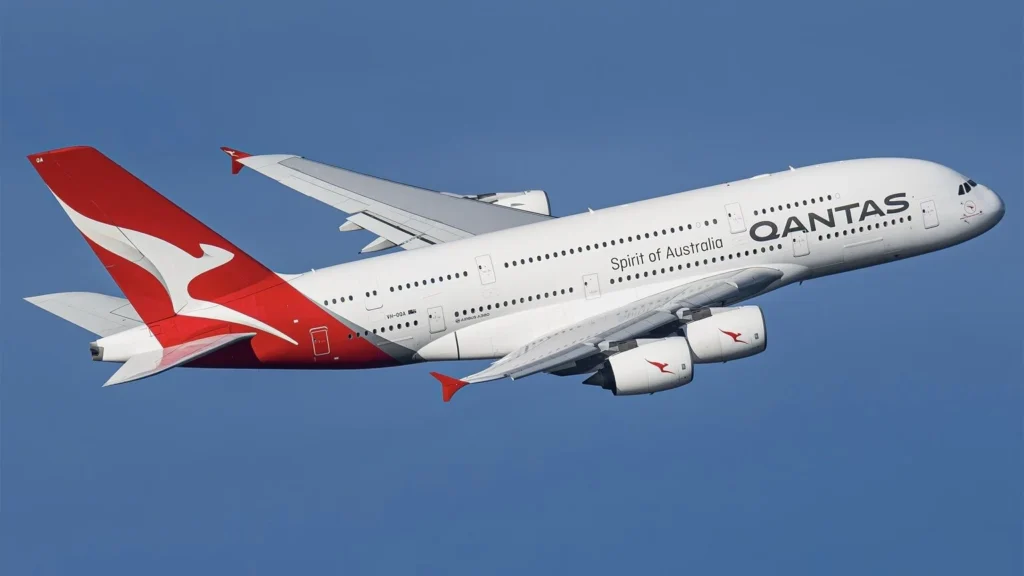 Photo: Shared by Qantas
Photo: Shared by QantasOldest Airlines in the World
The list of the top 20 oldest airlines in the world highlights organizations that have adapted to changing technologies and market demands, ensuring their legacy continues.
| 1 | British Airways | 1916 | London, United Kingdom |
| 2 | KLM | 1919 | Amsterdam, Netherlands |
| 3 | Avianca | 1919 | Bogotá, Colombia |
| 4 | Qantas | 1920 | Sydney, Australia |
| 5 | Aeroflot | 1923 | Moscow, Russia |
| 6 | Finnair | 1923 | Helsinki, Finland |
| 7 | Delta Air Lines | 1925 | Atlanta, United States |
| 8 | United Airlines | 1926 | Chicago, United States |
| 9 | American Airlines | 1926 | Fort Worth, United States |
| 10 | Lufthansa | 1926 | Frankfurt, Germany |
| 11 | Iberia | 1927 | Madrid, Spain |
| 12 | Air Serbia | 1927 | Belgrade, Serbia |
| 13 | LOT Polish Airlines | 1929 | Warsaw, Poland |
| 14 | Hawaiian Airlines | 1929 | Honolulu, Hawaii, United States |
| 15 | LATAM Airlines | 1929 | Santiago, Chile |
| 16 | Alaska Airlines | 1932 | Seattle, United States |
| 17 | Air India | 1932 | Mumbai, India |
| 18 | Turkish Airlines | 1933 | Istanbul, Turkey |
| 19 | Air France | 1933 | Paris, France |
| 20 | Aeromexico | 1934 | Mexico City, Mexico |
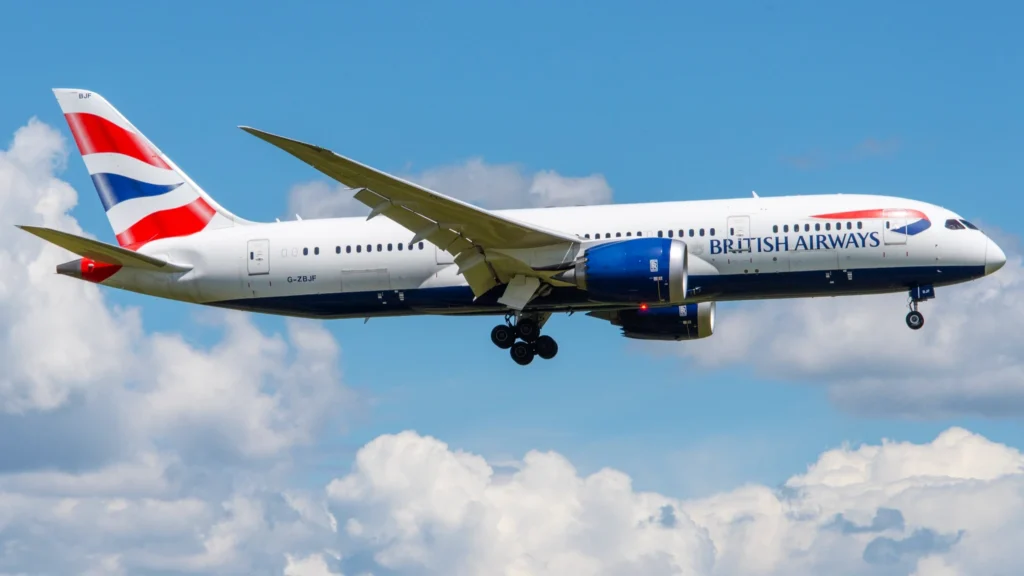 Photo: Aero Icarus | Flickr
Photo: Aero Icarus | Flickr1. British Airways (BA)
- Founded: 1916
- Headquarters: London, United Kingdom
- Fleet Size: 297
British Airways (BA) is the oldest airline in the world. British Airways’ story began on 5 October 1916 with Aircraft Transport and Travel Limited. Operating the world’s first daily international scheduled air service between London and Paris from August 1919.
The airline evolved through several mergers and reorganizations, notably the 1974 consolidation of British Overseas Airways Corporation (BOAC) and British European Airways (BEA). This merger created the modern British Airways.
A pivotal moment came in 1987 when the airline was privatized under Margaret Thatcher’s government, transforming it from a state-owned corporation into a private enterprise.
Throughout its history, British Airways has been at the forefront of aviation innovation, including being one of the few operators of the Concorde supersonic aircraft.
Today, the airline operates a diverse fleet of 297 aircraft. British Airways connects 214 destinations in 79 countries, operating 12 routes within the UK and 202 international flights.
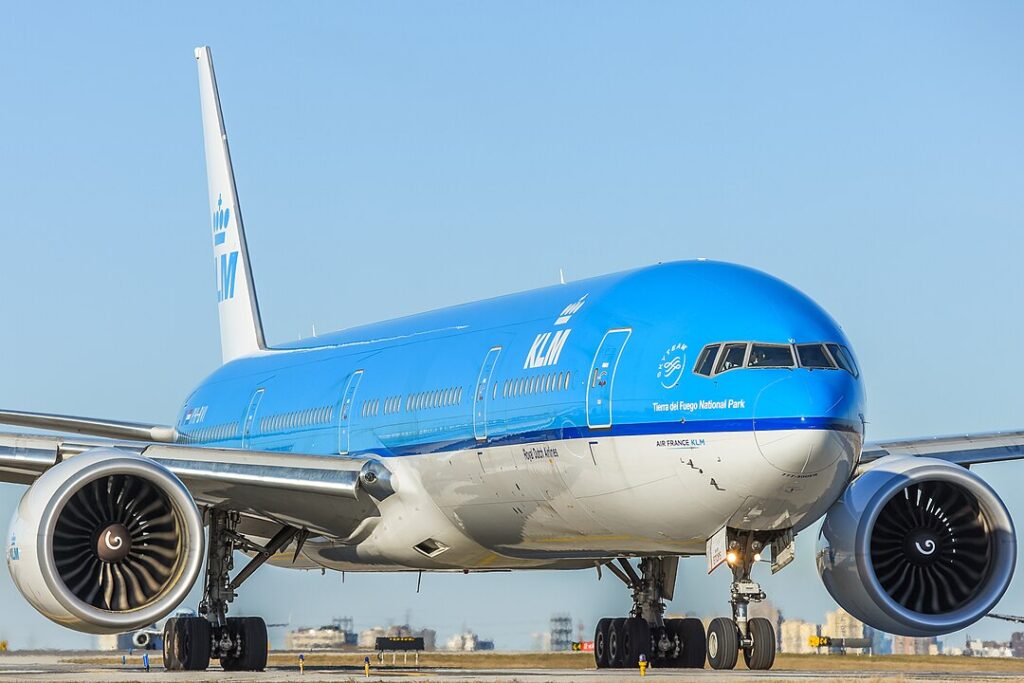 Photo: By Martin Kulcsar – Own work, CC BY-SA 4.0, https://commons.wikimedia.org/w/index.php?curid=48643753
Photo: By Martin Kulcsar – Own work, CC BY-SA 4.0, https://commons.wikimedia.org/w/index.php?curid=486437532. KLM (KL)
- Founded- 1919
- Headquarter- Amsterdam, Netherlands
- Fleet Size- 111
Founded in 1919, KLM (KL) is the oldest airline in the world that is still operating under its original name. Albert Plesman established the airline, which operated its first scheduled flight between Amsterdam and London in 1920.
Throughout the 1920s, KLM achieved significant milestones by establishing routes to the Dutch East Indies (now Indonesia), creating one of the longest air routes of that era.
During World War II, the airline continued operations from the United Kingdom and the Caribbean, resuming regular service in September 1945. In the post-war period, KLM expanded globally and pioneered many transatlantic routes.
A significant development came in 2004 when KLM merged with Air France, though it maintained its independent operations and distinct brand identity.
Today, KLM operates a modern fleet of 111 aircraft, serving destinations worldwide while maintaining its reputation for innovation and service excellence.
KLM flies to 164 destinations across 63 countries, with 1 route inside the Netherlands and 163 routes to other countries.
 Photo: Avianca N795AV | Avianca, Boeing 787-8 Dreamliner, msn 39407… | Flickr
Photo: Avianca N795AV | Avianca, Boeing 787-8 Dreamliner, msn 39407… | Flickr3. Avianca (AV)
- Founded: 1919
- Headquarters: Bogotá, Colombia
- Fleet Size: 126
Founded in 1919 as SCADTA (Sociedad Colombo-Alemana de Transportes Aéreos), Avianca holds the distinction of being the oldest continuously operating airline in the Americas.
The airline initially operated seaplanes, which were crucial for connecting Colombia’s diverse regions given the country’s challenging topography and limited ground infrastructure.
During World War II, the airline underwent significant changes, including adopting its current name, Avianca, in 1940.
A major milestone came in 2004 when the airline successfully emerged from bankruptcy protection, followed by a strategic merger with TACA Airlines in 2009.
Despite various economic challenges, Avianca has maintained its position as one of Latin America’s leading carriers, operating a modern fleet of 126 aircraft and serving numerous international destinations.
Avianca links 81 destinations in 28 countries, flying to 25 cities in Colombia and 56 international locations.
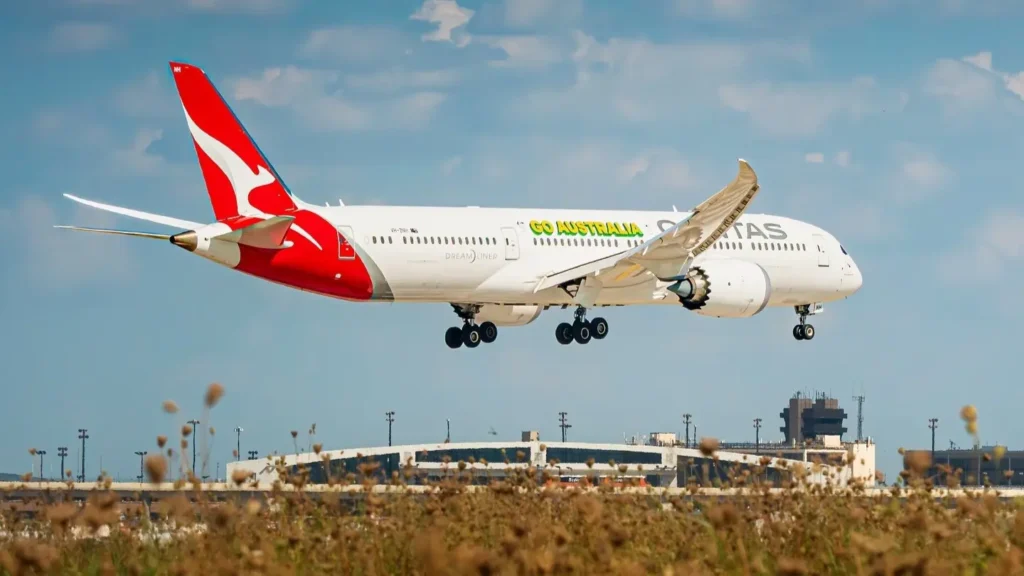 Photo: Adit Desai | adeetography
Photo: Adit Desai | adeetography4. Qantas (QF)
- Founded: 1920
- Headquarters: Sydney, Australia
- Fleet Size: 125
Qantas (QF) was founded in Queensland’s outback as Queensland and Northern Territory Aerial Services by Hudson Fysh and Paul McGinness.
The airline began by operating air mail services subsidized by the Australian government and aerial taxi services, connecting remote areas of Queensland.
During WWII, Qantas operated crucial air routes to maintain communication lines with Britain, and its flying boats played a vital role in maintaining the air route known as the “Double Sunrise” service.
Qantas reaches 101 destinations in 27 countries, operating 65 domestic routes within Australia and 36 international connections.
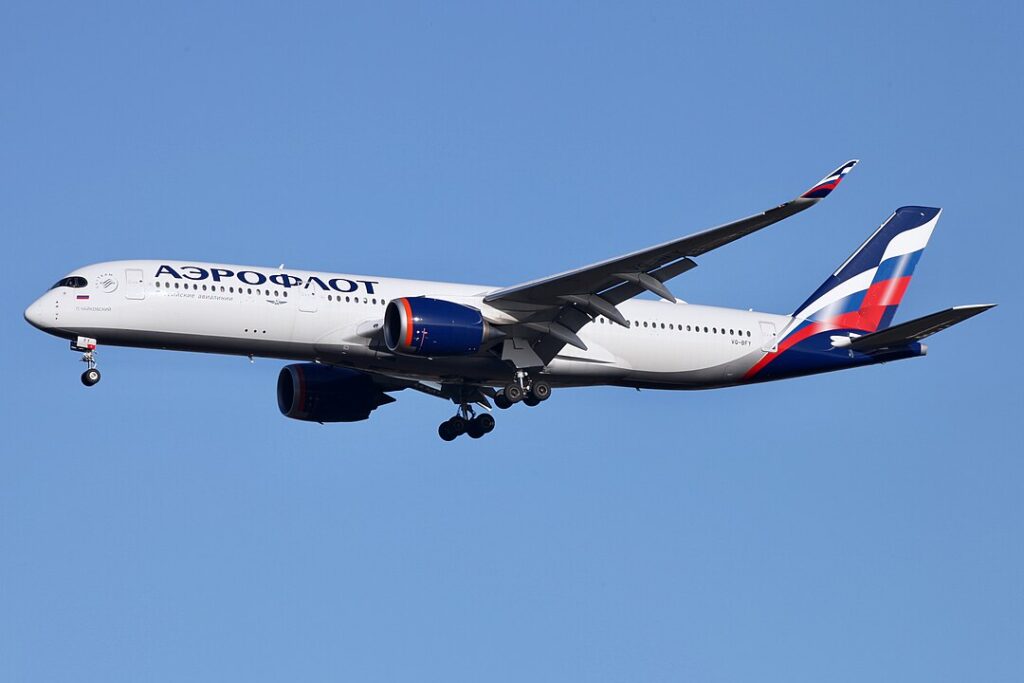 Photo: By Colin Cooke Photo – https://www.flickr.com/photos/cooke1/50684149826/, CC BY-SA 2.0, https://commons.wikimedia.org/w/index.php?curid=114439402
Photo: By Colin Cooke Photo – https://www.flickr.com/photos/cooke1/50684149826/, CC BY-SA 2.0, https://commons.wikimedia.org/w/index.php?curid=1144394025. Aeroflot (SU)
- Founded: 1923
- Headquarters: Moscow, Russia
- Fleet Size: 171
Aeroflot (SU) began as Dobrolet (Russian Society for Voluntary Air Fleet) and was the Soviet Union’s sole air carrier during the Communist era.
The airline operated the world’s largest civilian fleet during the Soviet period, with over 5,000 aircraft in the 1980s.
After the dissolution of the USSR, Aeroflot transformed from a state-owned Soviet carrier into a modern commercial airline.
Aeroflot connects 109 destinations in 21 countries, with 61 routes inside Russia and 48 international flights.
 Photo: Finnair airplane taxiing in Munich Airport | Professiona… | Flickr
Photo: Finnair airplane taxiing in Munich Airport | Professiona… | Flickr6. Finnair (AY)
- Founded: 1923
- Headquarters: Helsinki, Finland
- Fleet Size: 80
Finnair was established as Aero O/Y and began operations with Junkers F.13 aircraft between Helsinki and Tallinn.
The airline played a crucial role during the Winter War and Continuation War, maintaining vital air links between Finland and neutral Sweden.
Finnair became one of the first airlines to fly to Japan via the polar route in the 1980s, establishing itself as a major carrier between Europe and Asia.
Finnair connects 103 destinations in 37 countries, operating 14 routes within Finland and 89 international flights.
 Photo: Clément Alloing
Photo: Clément Alloing7. Delta Air Lines (DL)
- Founded: 1925
- Headquarters: Atlanta, United States
- Fleet Size: 986
Delta Air Lines (DL) began as Huff Daland Dusters, a crop-dusting operation in Macon, Georgia, before becoming Delta Air Service.
The airline grew through multiple acquisitions, including Chicago and Southern Air Lines (1953), Northeast Airlines (1972), and Western Airlines (1987).
Delta’s merger with Northwest Airlines in 2008 created one of the world’s largest airlines by traffic and fleet size.
Delta links 311 destinations in 59 countries, flying to 214 cities in the US and 97 international locations.
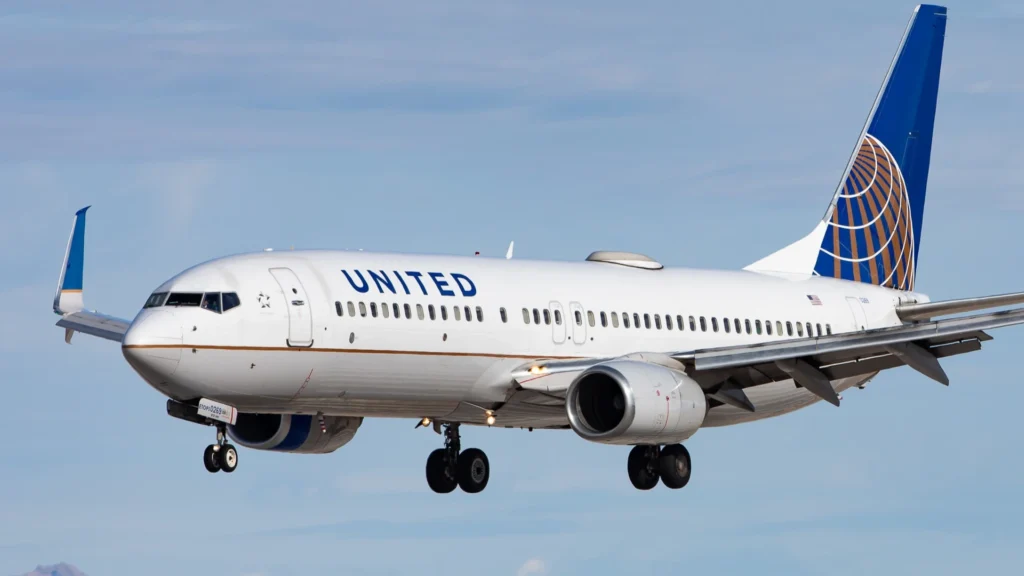 Photo: Clément Alloing
Photo: Clément Alloing8. United Airlines (UA)
- Founded: 1926
- Headquarters: Chicago, United States
- Fleet Size: 992
United Airlines (UA) traces its history to Varney Air Lines and Boeing Air Transport, which merged with other aviation companies to form United Aircraft and Transport Corporation.
The airline pioneered many aviation developments, including the first all-metal aircraft in commercial service and the first flight kitchen.
United’s merger with Continental Airlines in 2010 created one of the world’s largest carriers.
United Airlines reaches 360 destinations in 73 countries, serving 214 US cities and 146 international routes.
 Photo: Clément Alloing
Photo: Clément Alloing9. American Airlines (AA)
- Founded: 1926
- Headquarters: Fort Worth, United States
- Fleet Size: 977
American Airlines (AA) emerged from a union of 82 small airlines, with its earliest predecessor being Robertson Aircraft Corporation.
The airline introduced many innovations, including the first airline loyalty program (AAdvantage) and the first computerized reservation system (Sabre).
American merged with US Airways in 2013, creating the world’s largest airline by fleet size and passengers carried.
American Airlines connects 356 destinations in 62 countries, operating 226 domestic routes and 130 international flights.
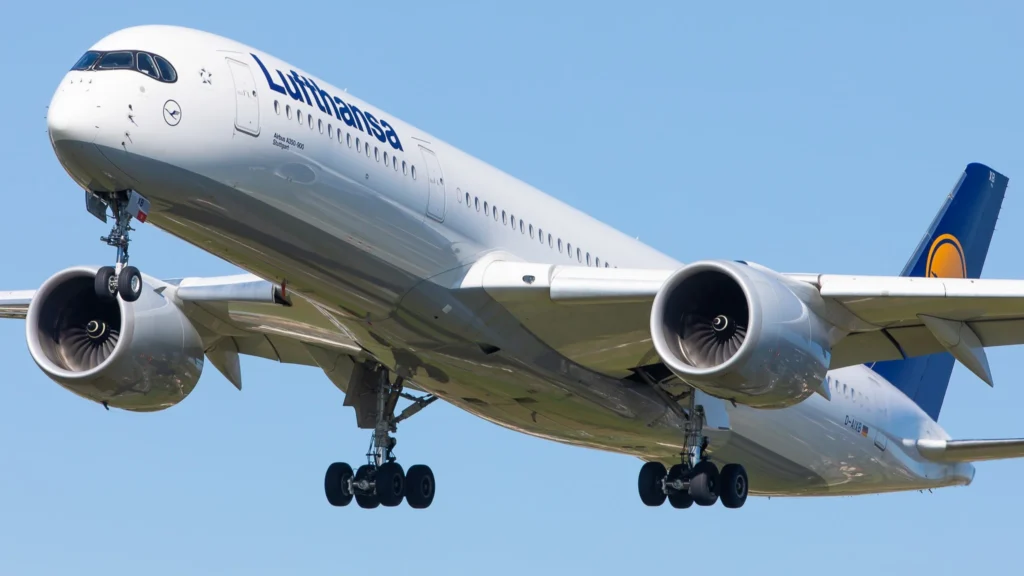 Photo: Clément Alloing
Photo: Clément Alloing10. Lufthansa (LH)
- Founded: 1926
- Headquarters: Frankfurt, Germany
- Fleet Size: 320
Deutsche Luft Hansa was established through the merger of Deutsche Aero Lloyd and Junkers Luftverkehr.
The airline was dissolved after WWII and reformed in 1953 as Luftag, later becoming Lufthansa (LH) in 1954.
Lufthansa has grown through acquisitions of carriers like Swiss International Air Lines, Austrian Airlines, and Brussels Airlines.
Lufthansa links 197 destinations in 71 countries, with 16 routes inside Germany and 181 international connections.
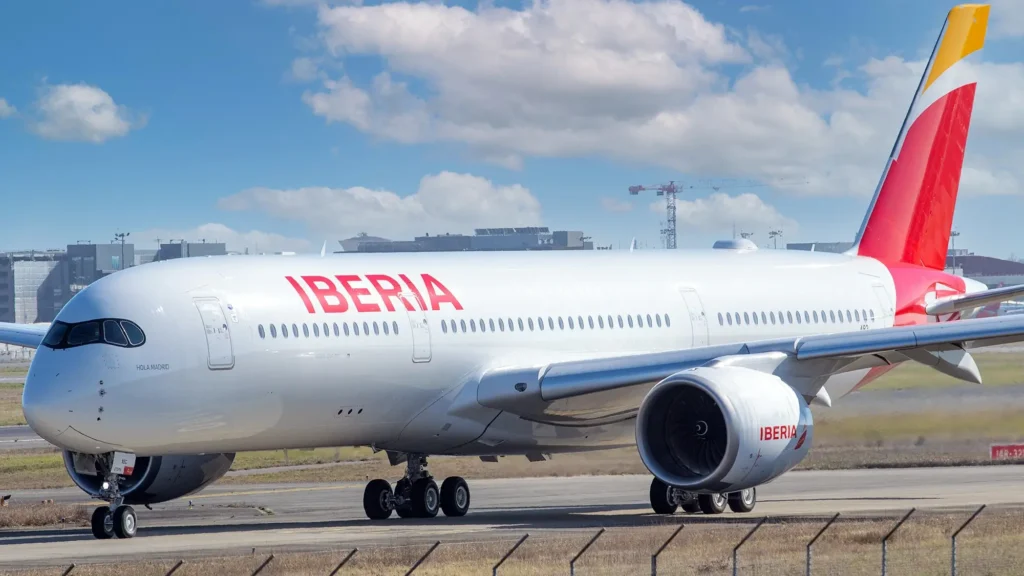 Photo: Eurospot
Photo: Eurospot11. Iberia (IB)
- Founded: 1927
- Headquarters: Madrid, Spain
- Fleet Size: 95
Iberia (IB) was founded by entrepreneur Horacio Echevarrieta and Deutsche Luft Hansa with support from the Spanish government.
The airline played a crucial role during the Spanish Civil War and resumed commercial operations in 1939.
In 2011, Iberia merged with British Airways to form the International Airlines Group (IAG), while maintaining its individual brand.
Iberia connects 135 destinations in 46 countries, operating 39 routes within Spain and 96 international flights.
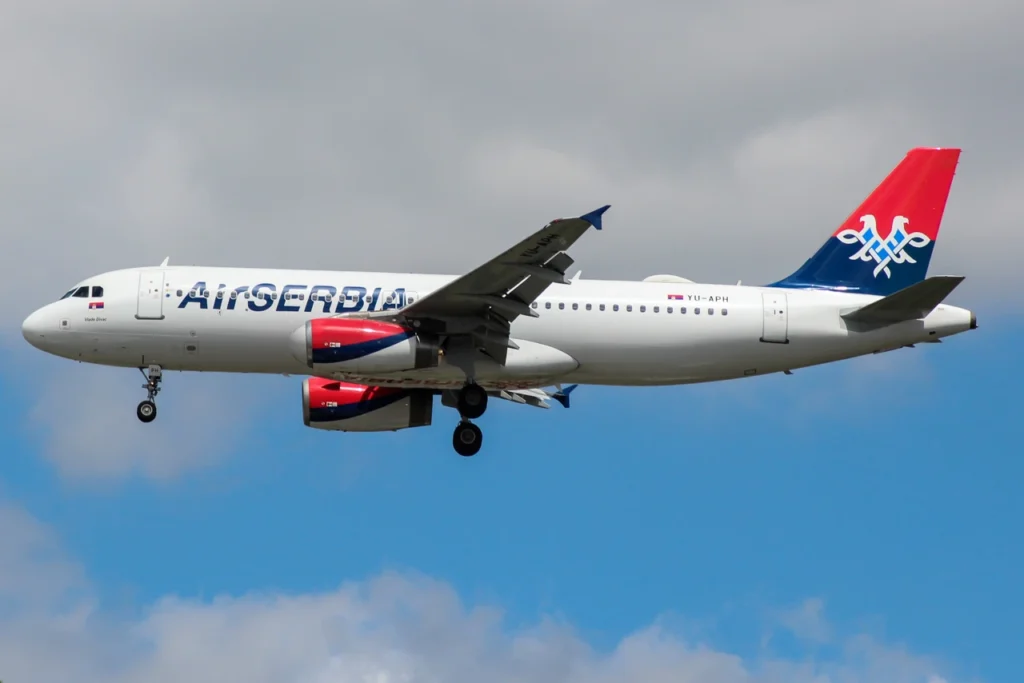 Photo: By Mark Harkin – YU-APH A320 Air Serbia, CC BY 2.0, https://commons.wikimedia.org/w/index.php?curid=60605979
Photo: By Mark Harkin – YU-APH A320 Air Serbia, CC BY 2.0, https://commons.wikimedia.org/w/index.php?curid=6060597912. Air Serbia (JU)
- Founded: 1927
- Headquarters: Belgrade, Serbia
- Fleet Size: 27
Air Serbia (JU) began as Aeroput, the national airline of the Kingdom of Serbs, Croats and Slovenes (later Yugoslavia).
The airline was reorganized as JAT Yugoslav Airlines after WWII and operated as Yugoslavia’s national carrier until the country’s dissolution.
In 2013, the airline was rebranded as Air Serbia following investment from Etihad Airways.
Air Serbia links 80 destinations in 32 countries, flying to 3 cities in Serbia and 77 international locations.
 Photo: Aero Icarus | Flickr
Photo: Aero Icarus | Flickr13. LOT Polish Airlines (LO)
- Founded: 1929
- Headquarters: Warsaw, Poland
- Fleet Size: 86
LOT Polish Airlines (LO) was established by the Polish government and operated its first international service to Vienna in 1929.
The airline survived WWII by operating from exile and resumed operations in 1945 under Communist rule. LOT became the first Eastern European operator of American Boeing aircraft in the 1970s.
LOT reaches 90 destinations in 51 countries, serving 13 cities in Poland and 77 international routes.
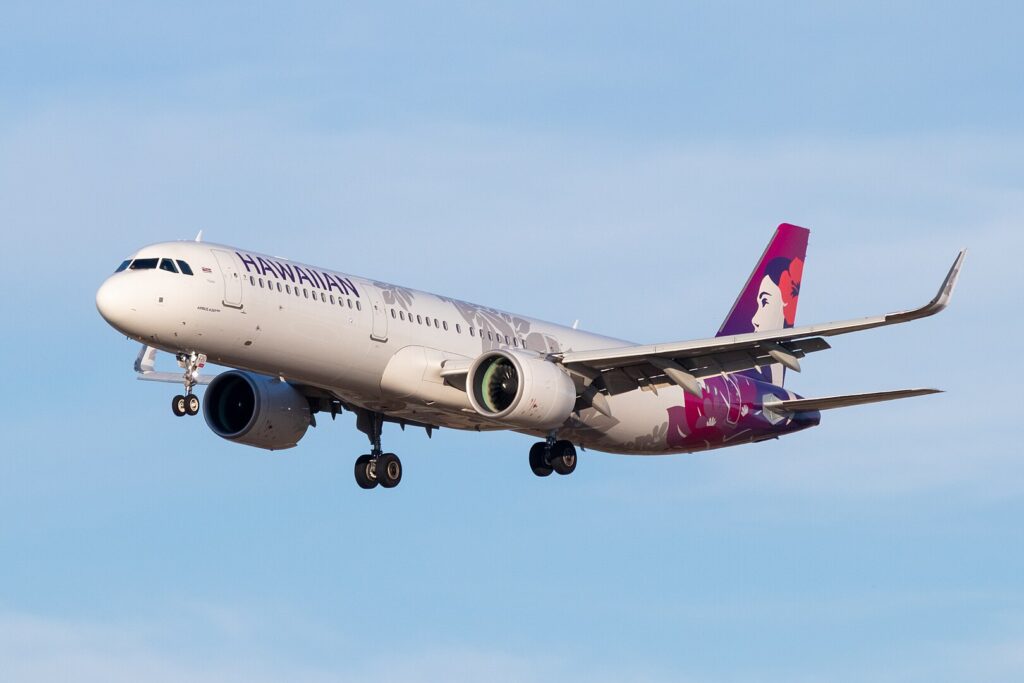 Photo: By Ganbaruby – Own work, CC BY-SA 4.0, https://commons.wikimedia.org/w/index.php?curid=107075690
Photo: By Ganbaruby – Own work, CC BY-SA 4.0, https://commons.wikimedia.org/w/index.php?curid=10707569014. Hawaiian Airlines (HA)
- Founded: 1929
- Headquarters: Honolulu, Hawaii, United States
- Fleet Size: 70
Hawaiian Airlines (HA) began as Inter-Island Airways, providing short sightseeing flights over Oahu.
The airline adopted its current name in 1941 and played a crucial role in Hawaii’s development during WWII.
Hawaiian has become the largest commercial carrier in Hawaii, focusing on trans-Pacific routes.
Hawaiian Airlines connects 31 destinations in 8 countries, with 21 routes inside the US and 10 international flights.
 Photo: MObst Photos | Flickr
Photo: MObst Photos | Flickr15. LATAM Airlines (LA)
- Founded: 1929
- Headquarters: Santiago, Chile
- Fleet Size: 343
LATAM began as LAN (Línea Aérea Nacional de Chile) under the Chilean Air Force command.
The airline was privatized in the 1990s and merged with Brazil’s TAM Airlines in 2012 to form LATAM Airlines Group.
LATAM has become South America’s largest airline group through various acquisitions and mergers.
LATAM links 156 destinations in 27 countries, operating 17 domestic routes and 139 international flights.
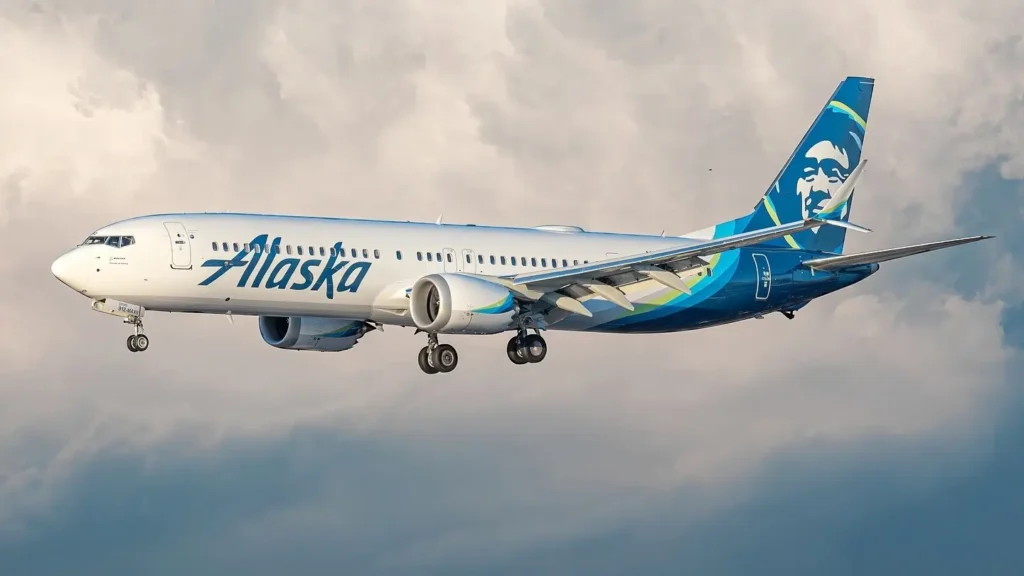 Photo: Cado Photo
Photo: Cado Photo16. Alaska Airlines (AS)
- Founded: 1932
- Headquarters: Seattle, United States
- Fleet Size: 323
Alaska Airlines (AS) began as McGee Airways, offering flights in the Alaska Territory.
The airline played a crucial role during WWII, supporting military operations and transport in Alaska.
Alaska Airlines acquired Virgin America in 2016, significantly expanding its presence on the West Coast.
Alaska Airlines links 129 destinations in 7 countries, operating 108 routes within the US and 21 international flights.
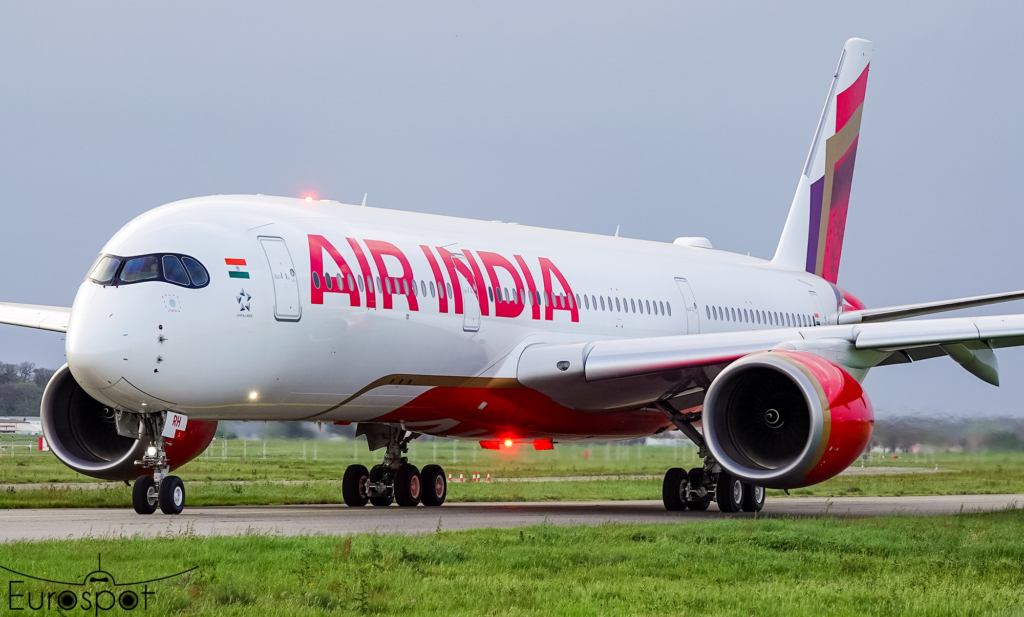 Photo: Eurospot
Photo: Eurospot17. Air India (AI)
- Founded: 1932
- Headquarters: Mumbai, India
- Fleet Size: 205
Air India (AI) was born as Tata Air Services on October 15, 1932, when legendary industrialist JRD Tata himself piloted a single-engine Puss Moth aircraft carrying mail from Karachi to Bombay via Ahmedabad.
During World War II, Tata Airlines continued its mail service, while also supporting the Royal Air Force by carrying troops, military supplies, and evacuating refugees from Burma.
In 1946, the airline was converted into a public company and renamed Air India. This marked the beginning of its transformation into an international carrier.
In 1948, Air India introduced its iconic mascot, the Maharajah, which became synonymous with Indian hospitality worldwide.
The airline was nationalized in 1953 and merged with Indian Airlines in 2007. In 2022, Air India returned to the Tata Group after privatization, marking a historic full circle.
Air India connects 92 destinations in 32 countries, serving 49 cities in India and 43 international routes.
 Photo: Copyright to CLEMENT ALLOING PHOTOGRAPHIE | Flickr
Photo: Copyright to CLEMENT ALLOING PHOTOGRAPHIE | Flickr18. Turkish Airlines (TK)
- Founded: 1933
- Headquarters: Istanbul, Turkey
- Fleet Size: 373
Turkish Airlines (TX) began as State Airlines Administration under the Ministry of National Defence.
The airline became a member of IATA in 1956 and began its first international routes in the same decade.
Turkish Airlines has grown to become one of the world’s largest carriers by destinations served, with a significant presence in Europe, Asia, and Africa.
Turkish Airlines reaches 278 destinations in 121 countries, flying to 46 cities in Turkey and 232 international locations.
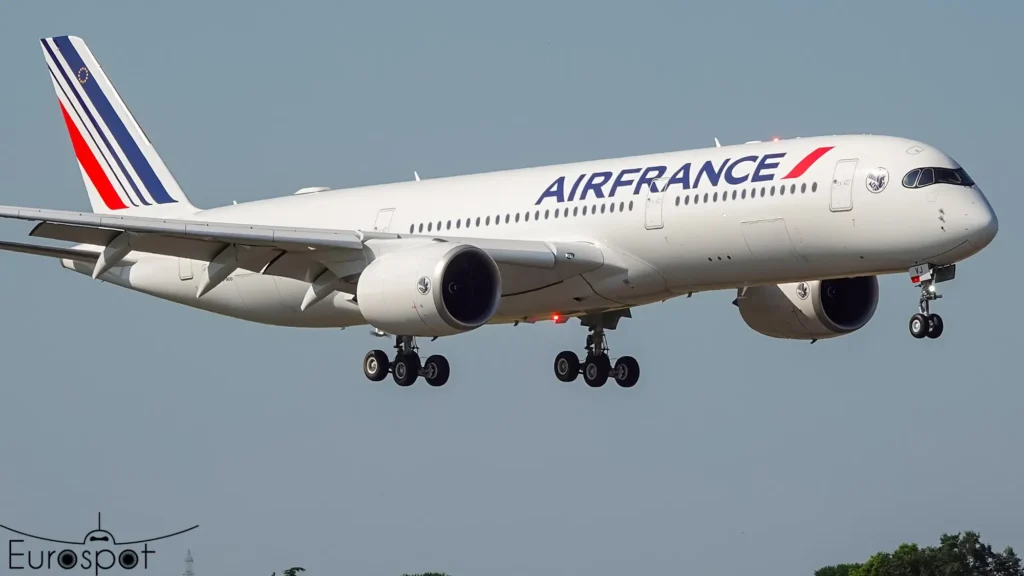 Photo: Eurospot
Photo: Eurospot19. Air France (AF)
- Founded: 1933
- Headquarters: Paris, France
- Fleet Size: 226
Air France (AF) was created through the merger of five French airlines: Air Union, Air Orient, Société Générale de Transport Aérien (SGTA), CIDNA and Aéropostale. The merger united France’s various private airlines into a single national carrier.
The airline played a crucial role in maintaining air links between Vichy France and its colonies during World War II. After the war, the airline was nationalized in 1945 and began rapid expansion of its international network.
Air France achieved several milestones in aviation history, including being one of the first airlines to operate the Caravelle jet in 1959 and later becoming one of the first operators of the Concorde supersonic aircraft in 1976.
In 2004, Air France merged with KLM Royal Dutch Airlines to create Air France-KLM Group, forming one of Europe’s largest airline companies while maintaining separate brands and operations.
Air France links 197 destinations in 83 countries, operating 21 routes within France and 176 international flights.
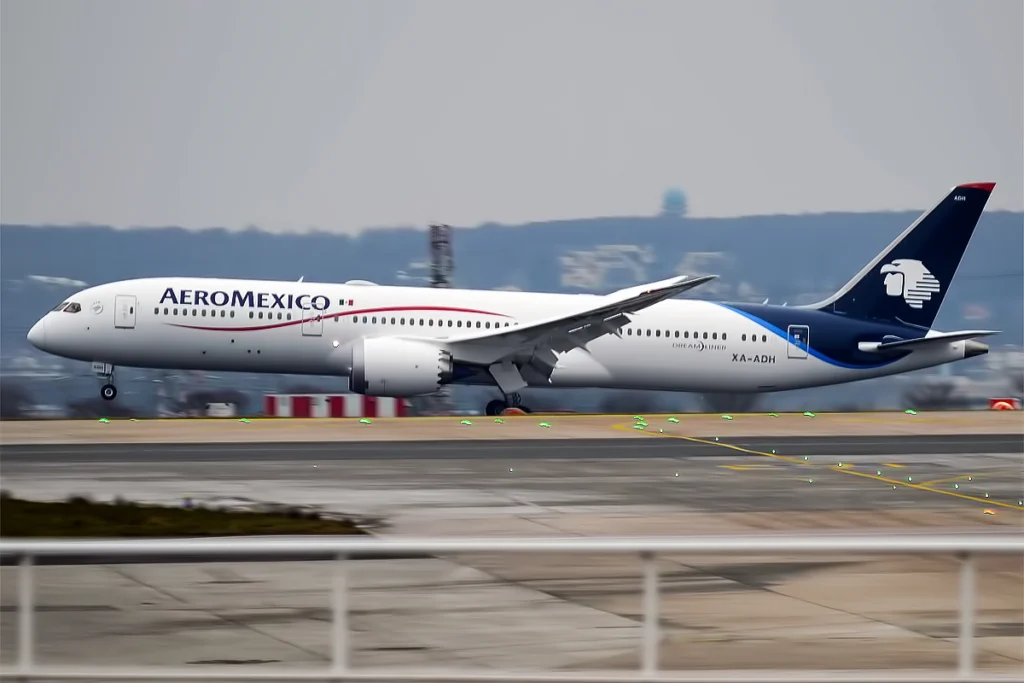 Photo: By Anna Zvereva from Tallinn, Estonia – Aeromexico, XA-ADH, Boeing 787-9 Dreamliner, CC BY-SA 2.0, https://commons.wikimedia.org/w/index.php?curid=67097514
Photo: By Anna Zvereva from Tallinn, Estonia – Aeromexico, XA-ADH, Boeing 787-9 Dreamliner, CC BY-SA 2.0, https://commons.wikimedia.org/w/index.php?curid=6709751420. Aeromexico (AM)
- Founded: 1934
- Headquarters: Mexico City, Mexico
- Fleet Size: 114
Aeroméxico (AM) began its journey as Aeronaves de México, operating its first route between Mexico City and Acapulco with a single Stinson SR Reliant aircraft. The airline emerged during a period of significant aviation development in Mexico.
In the 1950s, the airline expanded internationally, launching its first routes to the United States and acquiring its first Douglas DC-3 aircraft. This period marked significant growth as it began establishing itself as Mexico’s premier carrier.
The airline faced financial difficulties in 1988, leading to bankruptcy and restructuring. It emerged as Grupo Aeroméxico, modernizing its fleet and expanding its route network throughout the 1990s and 2000s.
The carrier joined the SkyTeam alliance in 2000, becoming the first Latin American airline in the alliance. In 2020-2021, Aeroméxico underwent another restructuring process under Chapter 11, emerging stronger with a modernized fleet and renewed focus on international expansion.
Aeromexico connects 97 destinations in 22 countries, with 48 routes inside Mexico and 49 international flights.
Image Credits to Clément Alloing | Flickr, Adit Desai
Stay tuned with us. Further, follow us on social media for the latest updates.
Join us on Telegram Group for the Latest Aviation Updates. Subsequently, follow us on Google News
Qatar Airways Named Best Airline in the World by Skytrax and More
The post Oldest Airlines in the World that are Still in Operation, Its Not KLM appeared first on Aviation A2Z.





